Social Science Building, Kennesaw State University
Introduction
Text-to-speech Audio
Since the establishment and opening of Kennesaw State University, buildings have changed names and uses multiple times due to student growth and facility expansion. With the building’s opening in 2007, it became the tallest building on the campus for a period of time and was eventually dwarfed. Since its opening, the building has served hundreds of students and houses the recently named Norman J. Radow College of the Humanities and Social Sciences.
Images
Sign for the Social Science Building
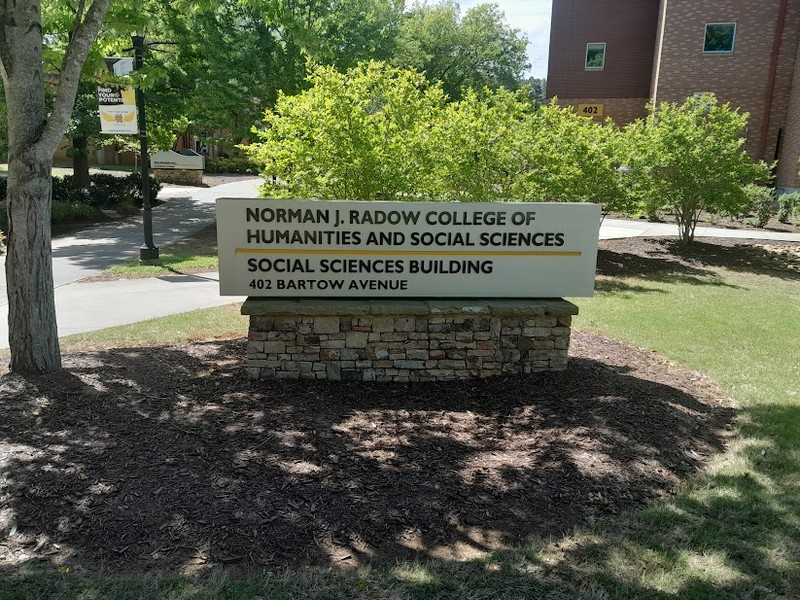
View of the Social Science Building from Bartow Ave.
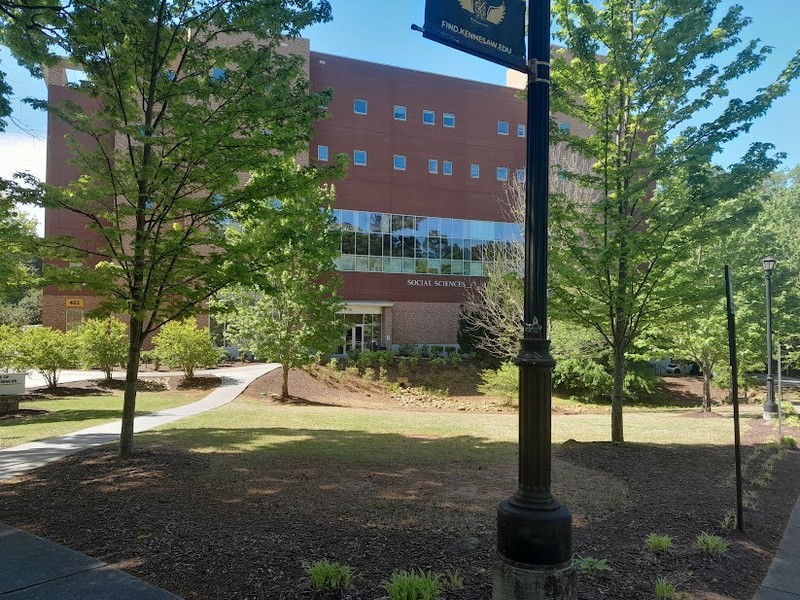
Image of the Social Science Building with a piece of the Berlin Wall in the foreground.
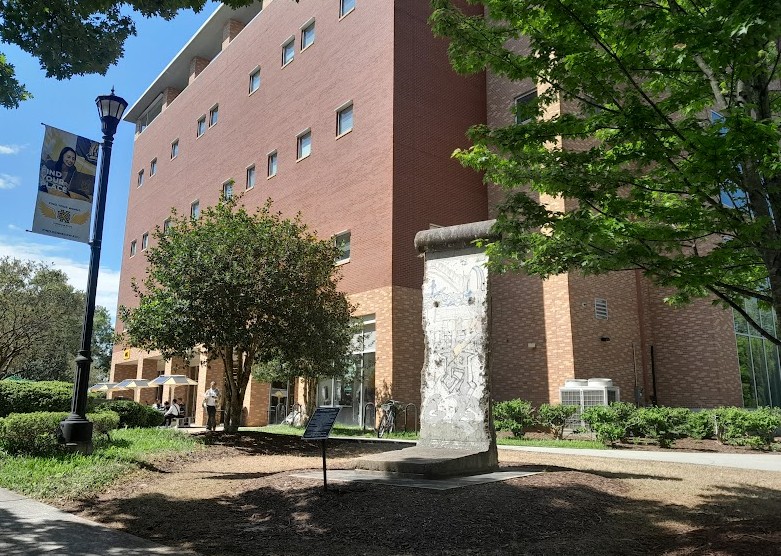
Another angle of the Social Science Building
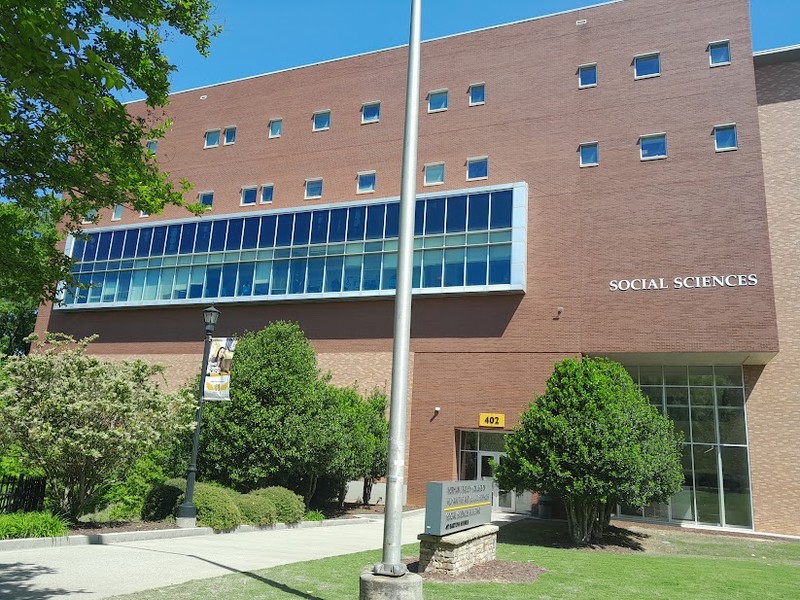
Image of the Radow Lobby and The Beau sign.
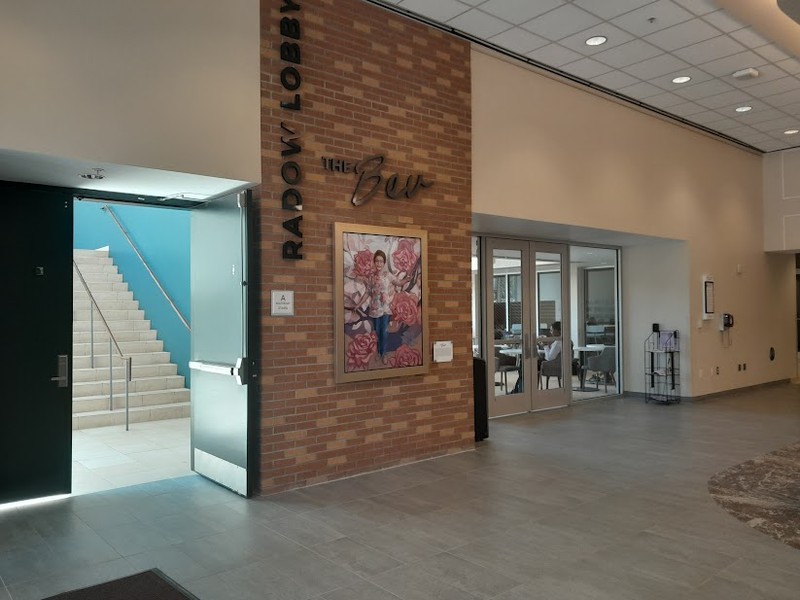
Picture of the Radow Lobby with an artistic rendering of Norman J. Radow and information on the building and the naming of the Humanities College.
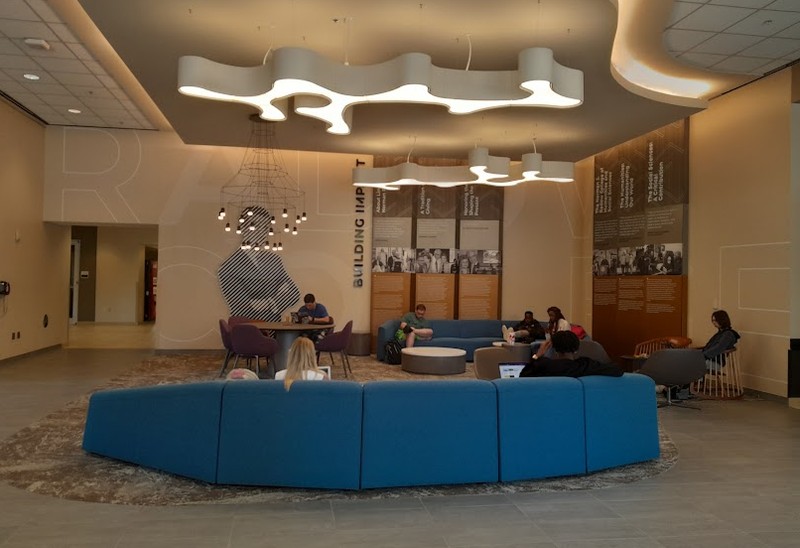
Another angle of the Radow Lobby
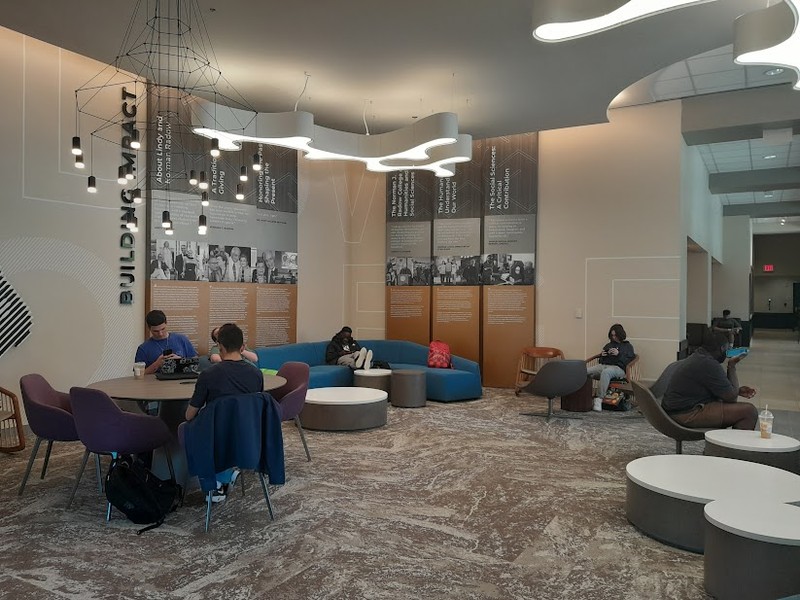
Another angle of the Radow Lobby.
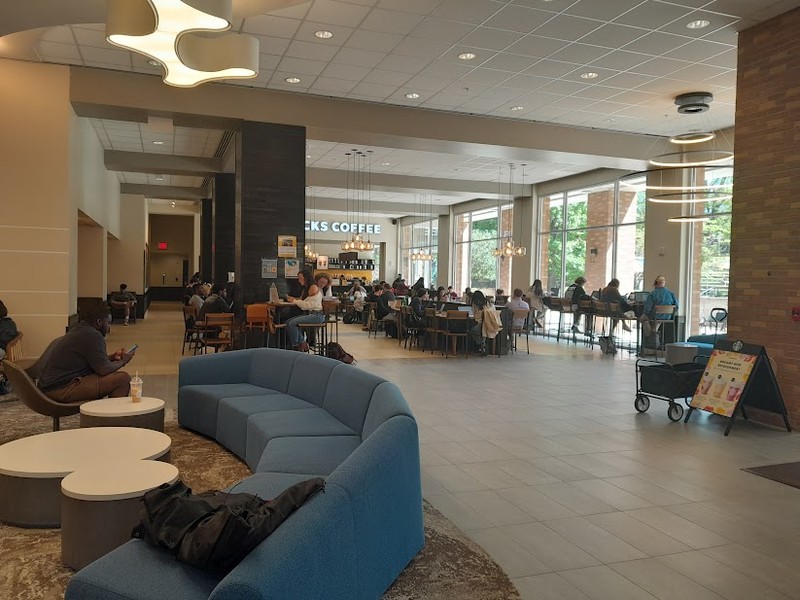
The Study.
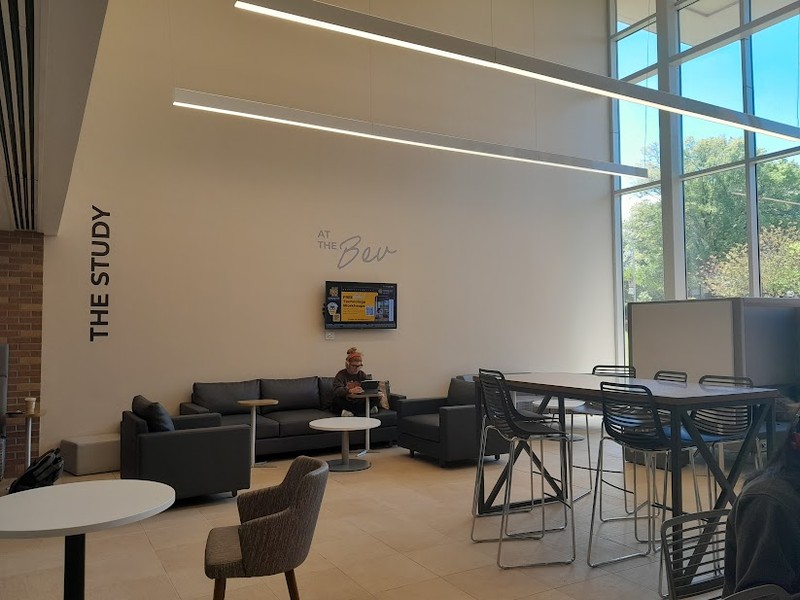
Second floor view of the Study
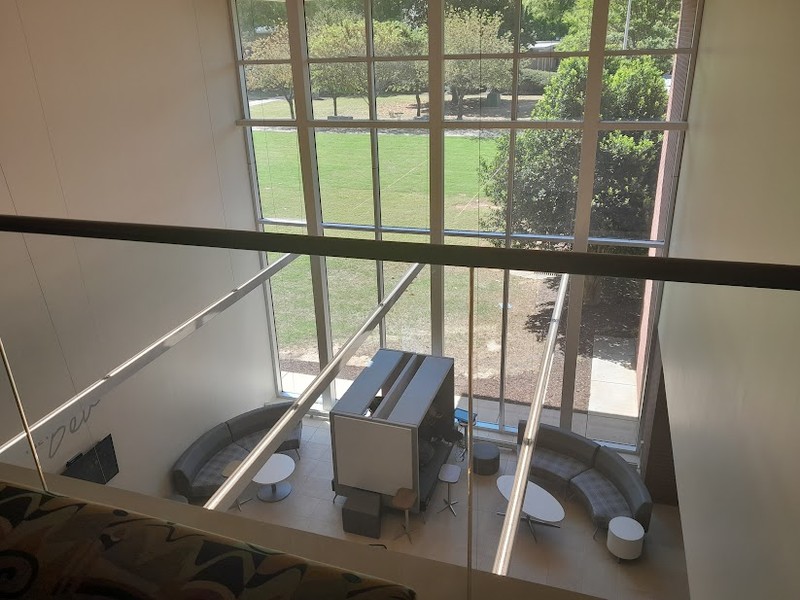
Mission of the Radow College
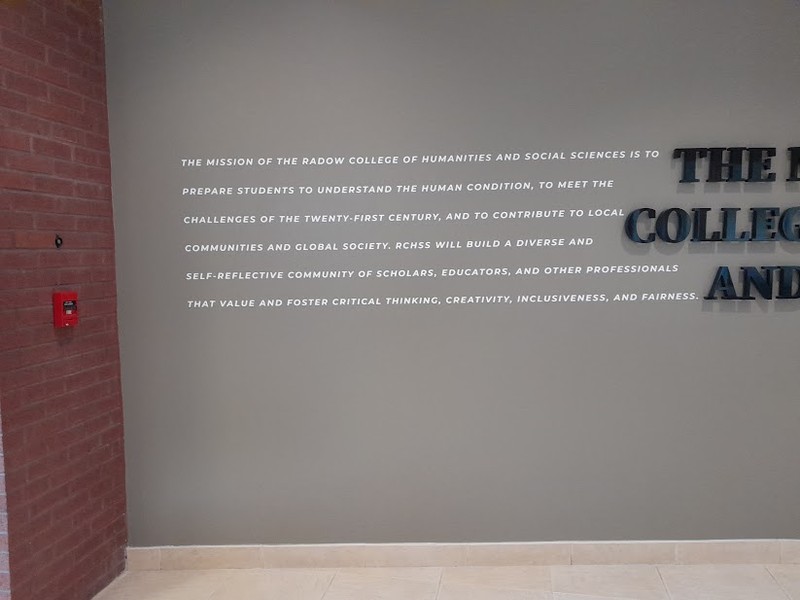
The sign for the Radow College.
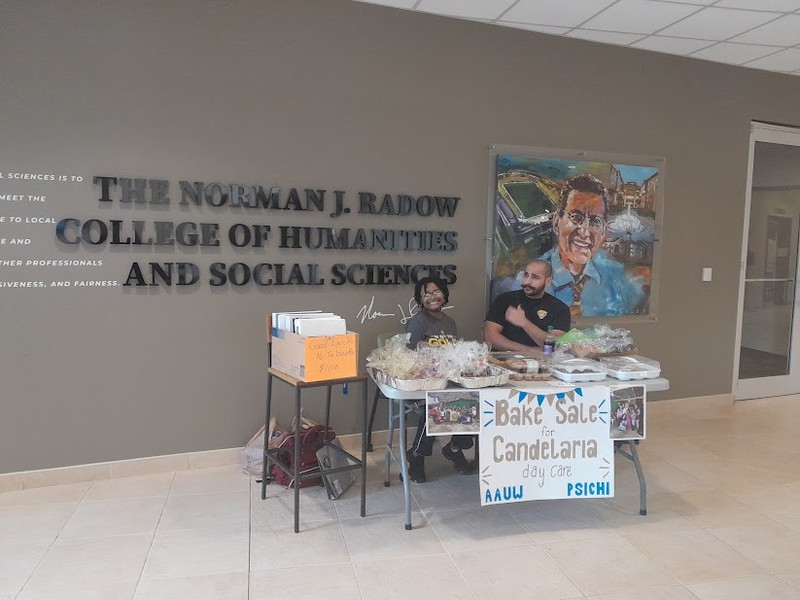
View of the Kennesaw Campus from the Fifth floor patio of the Social Science Building.
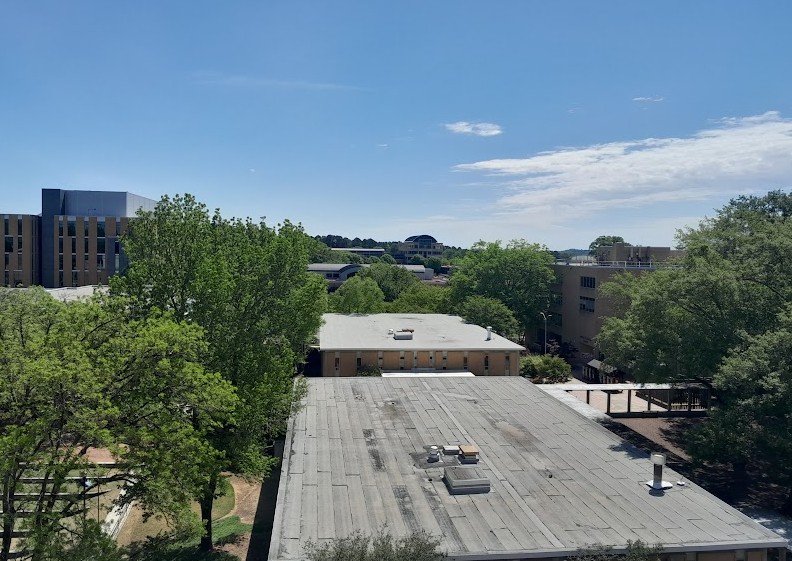
Backstory and Context
Text-to-speech Audio
Since the establishment and opening of Kennesaw State University, buildings have changed names and uses multiple times due to student growth and facility expansion. The Social Science Building is no exception. In 1998, with rising concerns about the lack of space for students and a rising ratio of students vs square feet, Kennesaw State put forth a request for funding for a brand-new Social Science Building. The University cited that twenty percent of the overall student population (1 out of 5 students) were from the College of the Humanities and Social Science and that the school was now forced to hold classes from six-thirty in the morning until eleven at night and Saturdays and Sundays in order to have enough seats for all of their students.
While the request for funds to build a new Social Science Building occurred in 1998 and was approved, funds were not allocated by the state until 2003, right as Kennesaw State was finishing up its other expansion projects. Initially conceptualized as a four-story building with a reflective pool adjacent to the original eight buildings of the campus, the groundbreaking occurred in 2005 after a series of edits and professor proposals for classroom space which turned it into a five-story building with additional classroom space to grow into and study space for students. With the building’s opening in 2007, it became the tallest building on the campus for a period of time.
Housed within the Social Science Building is the Norman J. Radow College of the Humanities and Social Sciences renamed in 2020 after philanthropist and RADCO founder and CEO, Norman J. Radow, and his wife Lindy, donated a 9 million dollar gift to Kennesaw State. This gift created the Lindy Radow Social Sciences and Humanities Honor Scholarship and is the largest donation Kennesaw State has received from a single donor. However, this is not the only time Norman Radow has been generous with the university. He serves as chairman of the Board of Trustees for Kennesaw State University. He has helped establish multiple other scholarships for KSU students and assisted in the acquisition of other buildings, school expansion, and assisted in the development of programs at the university.
Until December of 2022, outside the Social Science Building stood a sculpture known as Spaceship Earth, created by Finnish-American artist Eino as a tribute to environmentalist David Brower. It was created out of 175 tons of quartzite and bronze and was intended to last a millennium and serve as a time capsule. Months after its unveiling in 2006, it collapsed and was slowly pieced back together. The cost of repairing water damage and corrosion on the sculpture was cited as the reason for its removal.
Sources
Denails, Alex. “Newest building opens to the masses” The Sentinel. 2007.
Griffin, Meghan. “Construction ends on tallest building” The Sentinel. 2006.
http://theksusentinel.com/2023/01/23/spaceship-earth-sculpture-bids-final-farewell/
KSU/17/06. Business and Finance. Holley Records, 1963-2007. Box 2, Folder 21
KSU/45/11 College of the Humanities and Social Sciences, Lana Wachniak records, 1988-2009. Box 1.
